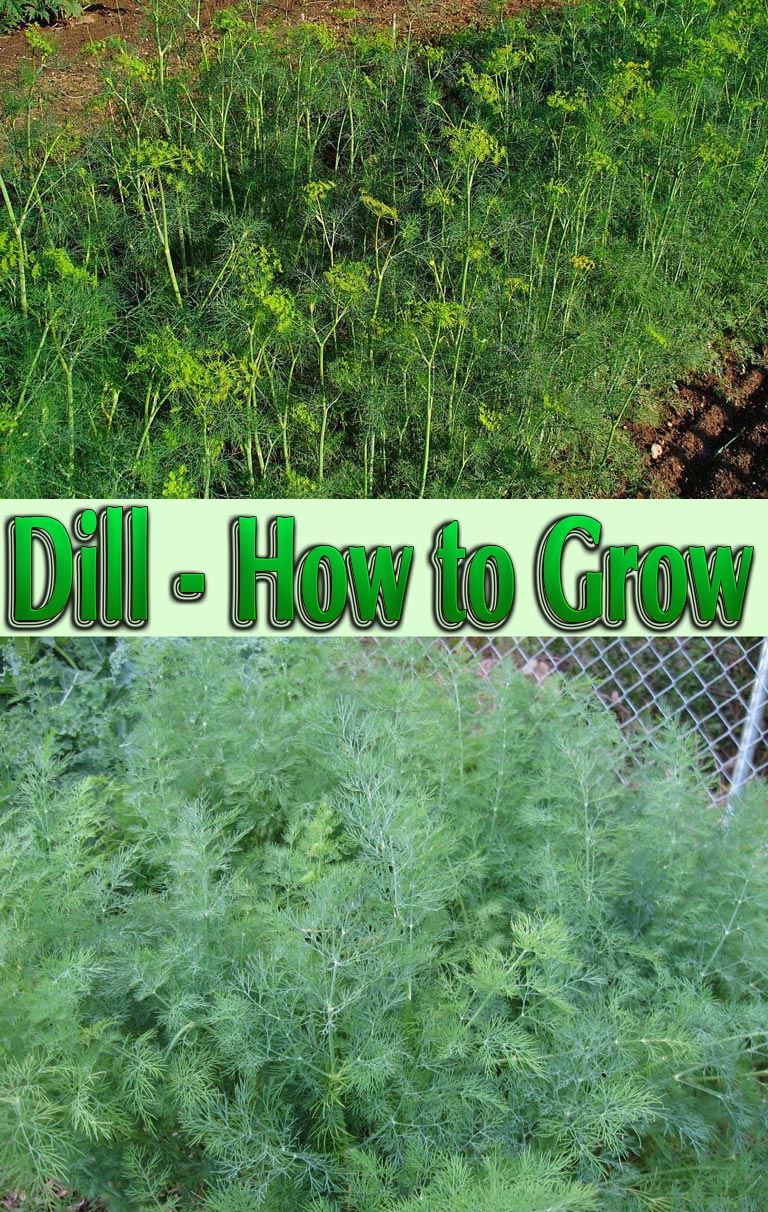
An essential ingredient in pickling, Dill is also commonly added to soups, stews, and salad dressings.
In central and eastern Europe, Scandinavia, Russia and Finland, Dill is a popular culinary herb used in the kitchen along with chives or parsley. Dill is easy-to-grow annual herb is not only beautiful, but it also attracts beneficial insects to the garden.
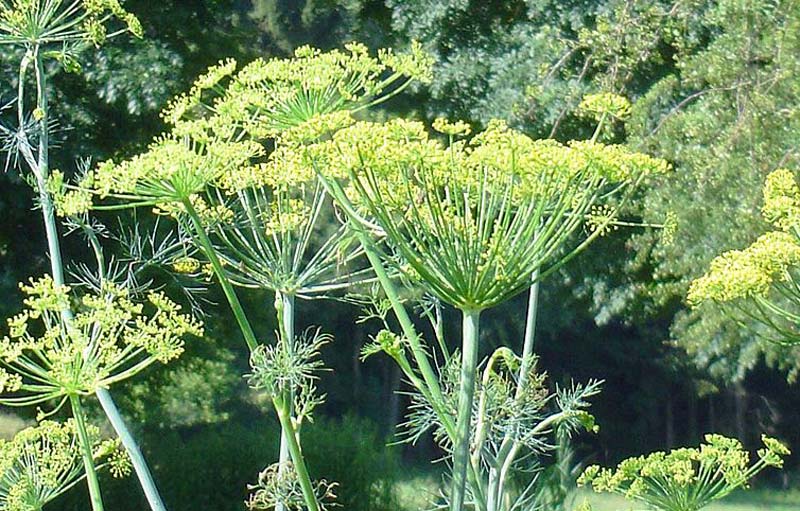
About Dill
Common dill grows to a height of about 3 feet; bouquet dill is a smaller variety that generally produces fewer seedheads. Plant does poorly when transplanted, so start the crop from seed in the garden. Plant 1 or 2 weeks before the last spring frost date if you want the seeds to mature when you are doing your first cucumber pickling.
Site Selection
The plants thrive in rich, loose soil and a very sunny location.
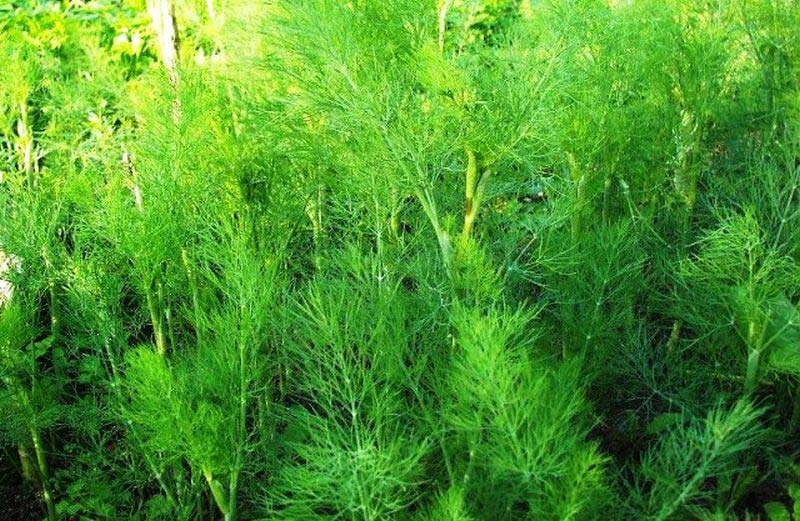
Planting Instructions
Sow seed 1/4 inch deep in rows 18 to 24 inches apart or broadcast over a bed 2 feet square and gently rake the seeds into the soil. Plants should emerge in 10 to 14 days; let them grow for 10 to 14 more days and then thin them to 12 to 18 inches apart. Make small sowings a few weeks apart until midsummer to get a season-long supply of fresh leaves.
Care
Dill plants are very spindly so you may have to stake the tallest plants to keep them from bending over in strong winds. Let seed mature on a few plants; if the soil is left undisturbed they will provide many new plants next season.
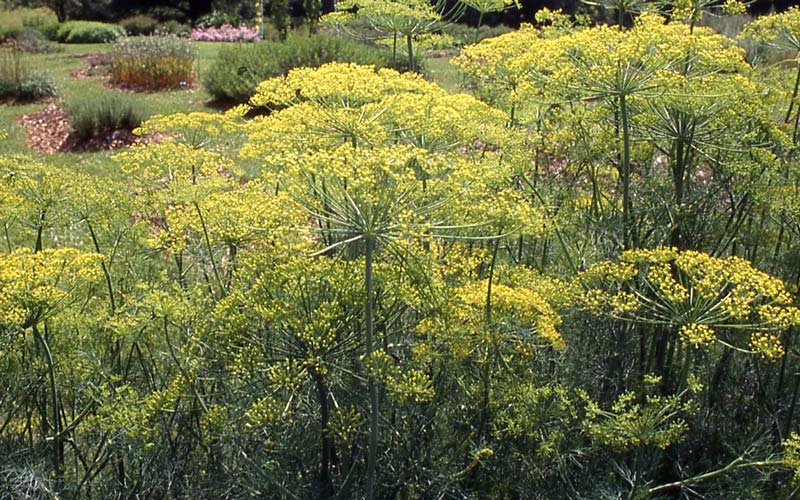
Harvesting
You can start harvesting leaves – often referred to as “dill weed” – as soon as a plant has 4 to 5 leaves. If you have many plants, you can harvest entire stalks, or harvest a bit of weed from a number of plants. Snip the fern-like leaves from the plant with scissors or by pinching them off by hand.


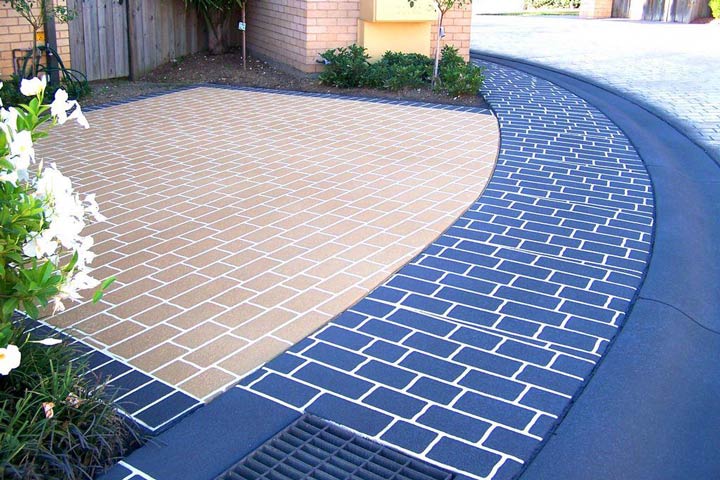

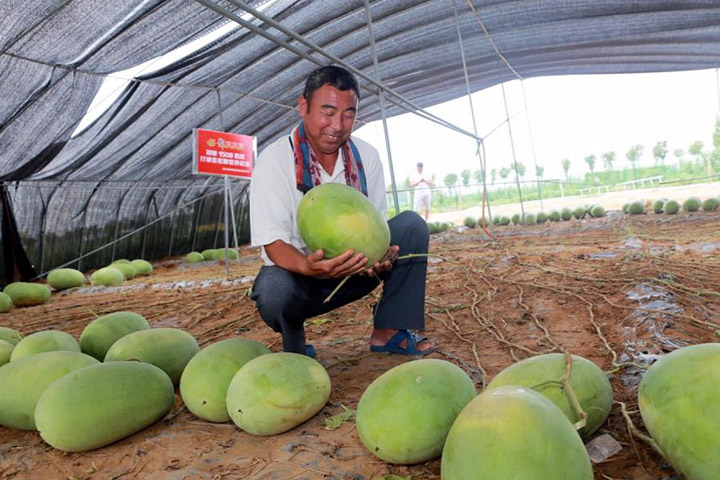
Leave a Reply